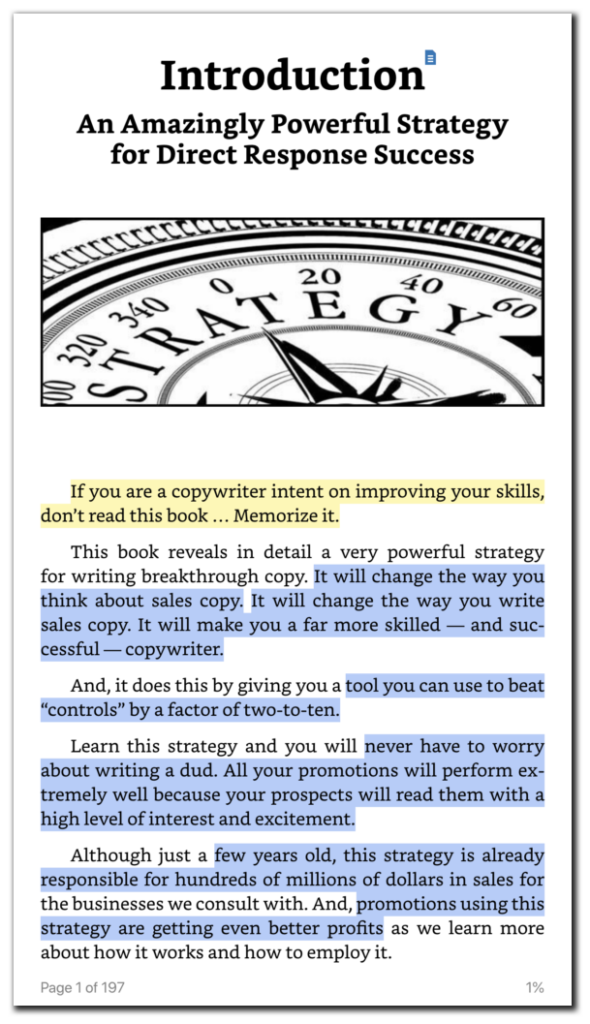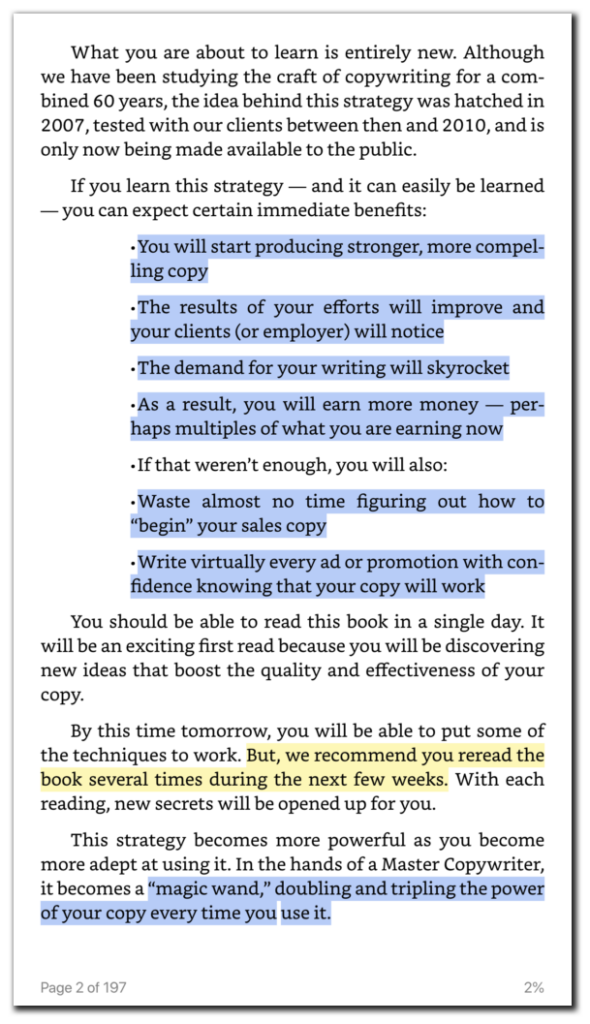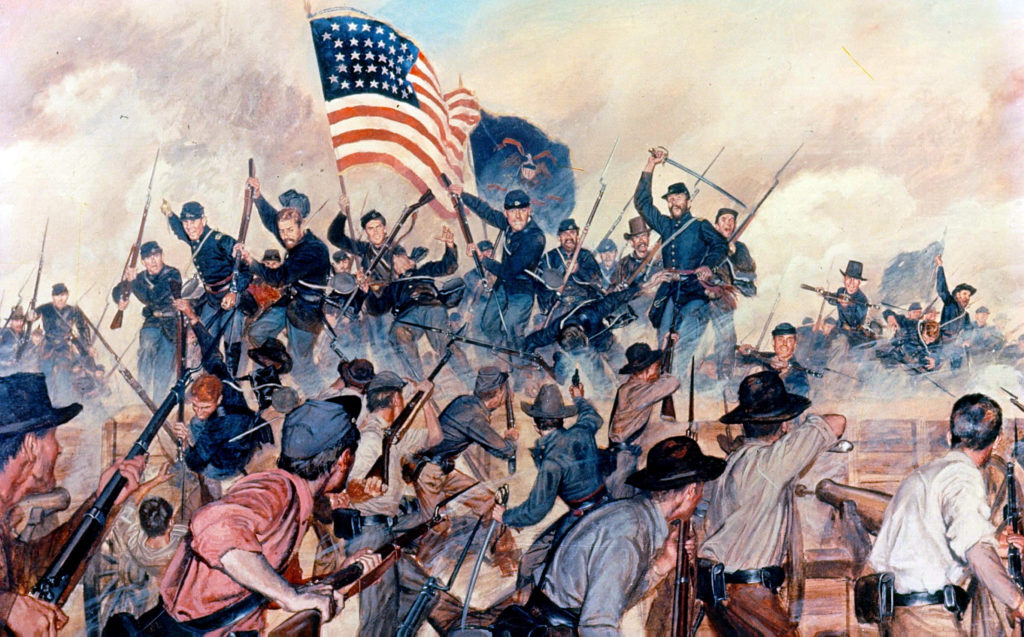Twisting the Knife is one of the foundational copywriting skills, and you’ll use it with almost every sales page, sales email or blog post you write.
I’ve heard many copywriting experts talk about it in the past, but I’ve never seen anyone explain HOW to do it clearly, with examples and exact steps.
Heck, when you google “Twisting the Knife in Copywriting”, you’ll get a one-paragraph explanation at most, which will tell you to “make your copy more emotional”.
“Ok, but HOW can I actually make my copy more emotional?”
I couldn’t find a good article about it on the internet.
That’s why I decided to write my own – with examples that help you understand the framework, and copywriting drills that help you practice it in your own copy.
When (and why) should you Twist The Knife?
You can Twist the Knife any time you talk about a common problem of your audience.
You can use it in blog posts that solve a specific problem of your audience.
Here’s an example from my blog post about talking to family and friends that don’t support you.
I shared a story of telling my mom and dad that I’d quit university to run my business full-time.
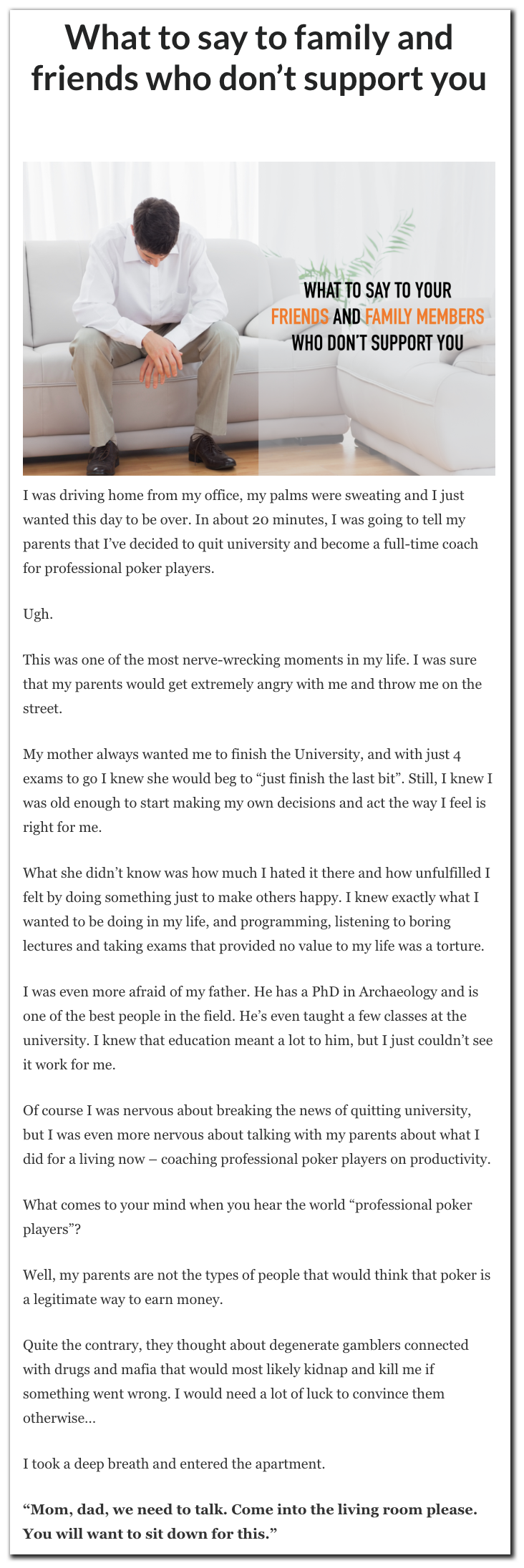
You can use it in sales pages that help you sell your products and services.
Here’s an example from my sales page for Ultimate Guide System, my online program on growing your email list through Ultimate Guides.
Here, I talked about how many entrepreneurs spend hours and hours working on their business each day, only do get a handful of new email subscribers each week:
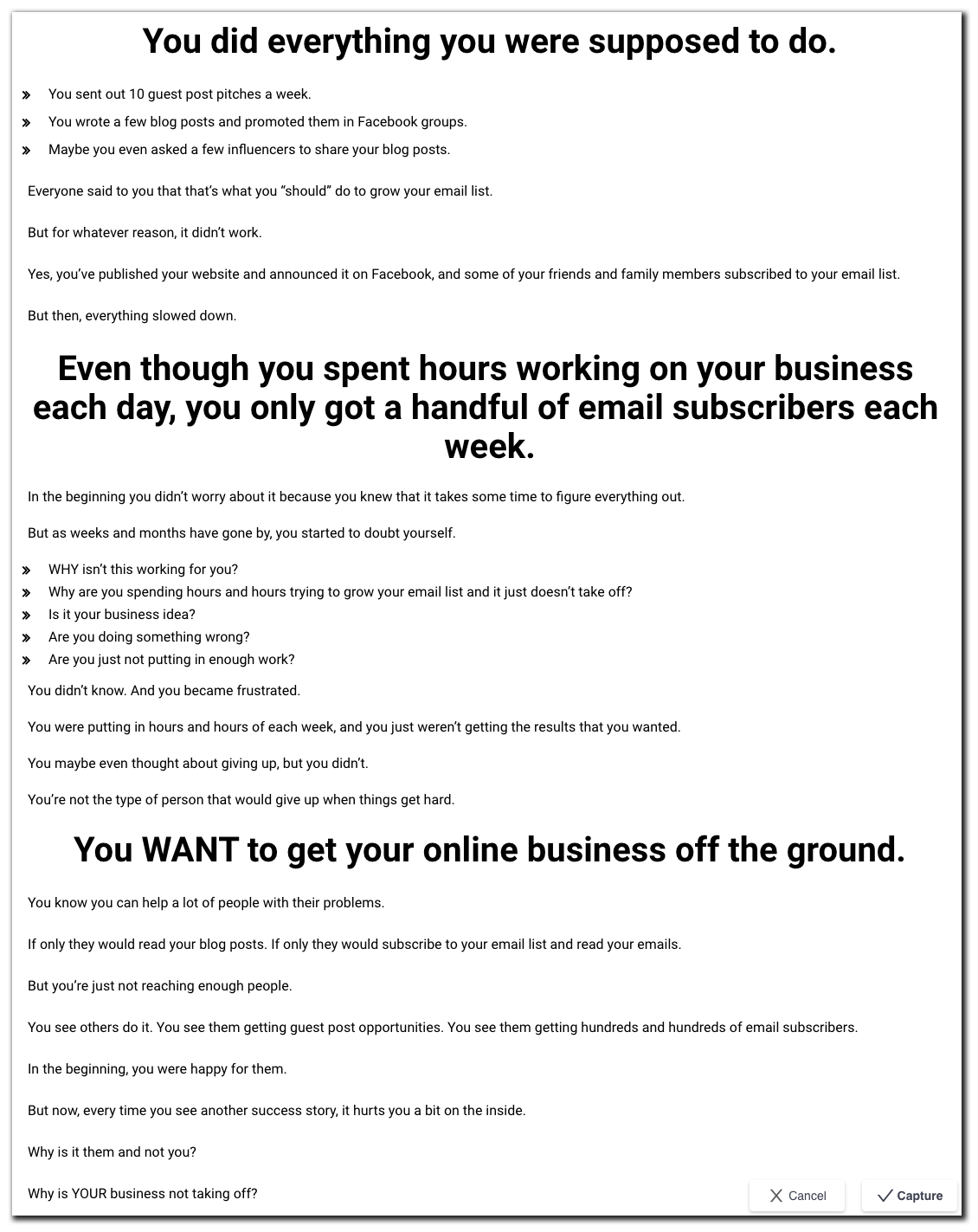
You can use it in sales emails or engagement emails as part of your product launches.
Here’s an example from one of my sales emails from my $36,381 launch of Ultimate Guide System.
In this email, I Twisted The Knife by sharing a story of a friend that struggled to grow her email list through guest posts:
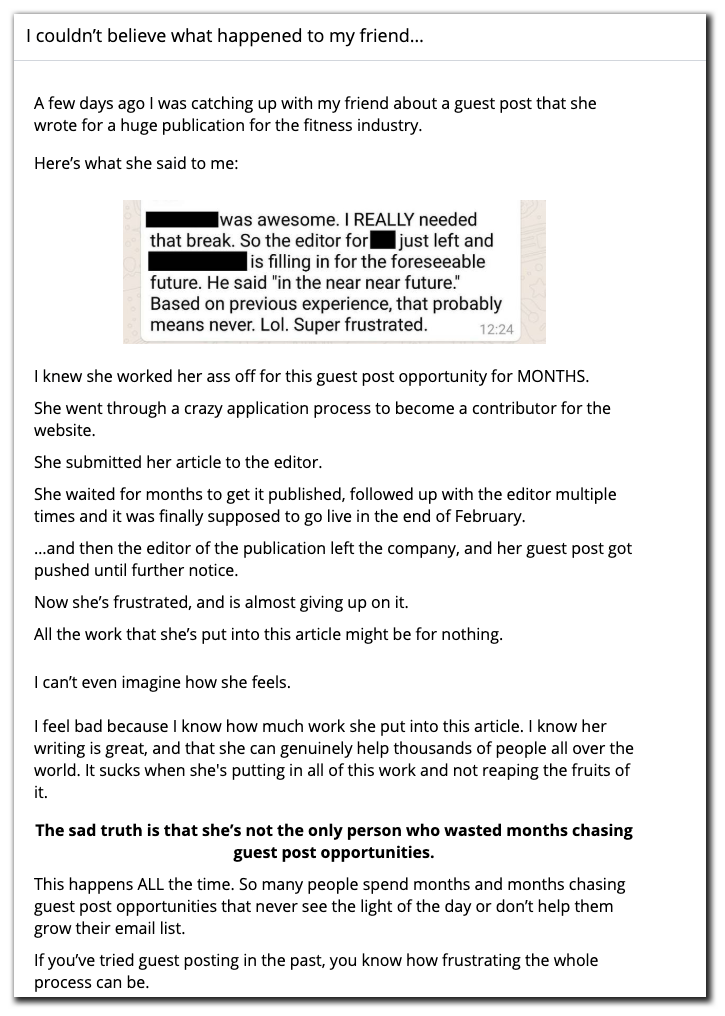
You can Twist The Knife whenever you talk about a problem of your audience and want to make them feel the pain they experience around their problem.
This way, you’re making your readers care about your ideas and solutions – by showing them that you first understand their problems.
How to Twist the Knife in 5 Simple Steps
Once you break down the big ambiguous idea of Twisting the Knife into a step-by-process, it becomes quite obvious how to do it:
- Step #1 – Common Problem: Take a common problem of your audience (that they already experienced and desperately want to solve)
- Step #2 – Relatable Story: Tell a relatable story where you or your clients experienced this problem in the past (that will show your readers that you understand their problem).
- Step #3 – Dirty Details: To make your story more engaging, share the specific details of the story (ideally, share even the uncomfortable details that nobody else wants to talk about)
- Step #4 – Thoughts and Emotions: To make your readers feel their emotions, share your own thoughts that went through your head, and the emotions you felt in the moment.
- Step #5 – Negative Consequences: Finally, share any horrible consequences that happened because you didn’t solve the problem (that you don’t want to happen to your readers).
Go back to some of the earlier examples in this post and see if you can identify some of those steps in them.
Let’s look at some more examples, shall we?
I want to bombard you with real-world examples of Twisting the Knife from profitable launches so you can really internalize the concept – and learn how to use it yourself.
Example #1: Ever feel like you don’t fit in?
This is the beginning of an email from one of my friends, Selena Soo, where she does a great job of Twisting the Knife.
It’s part of her launch for her INFLUENCE program (an online course on connecting with influencers in your industry).
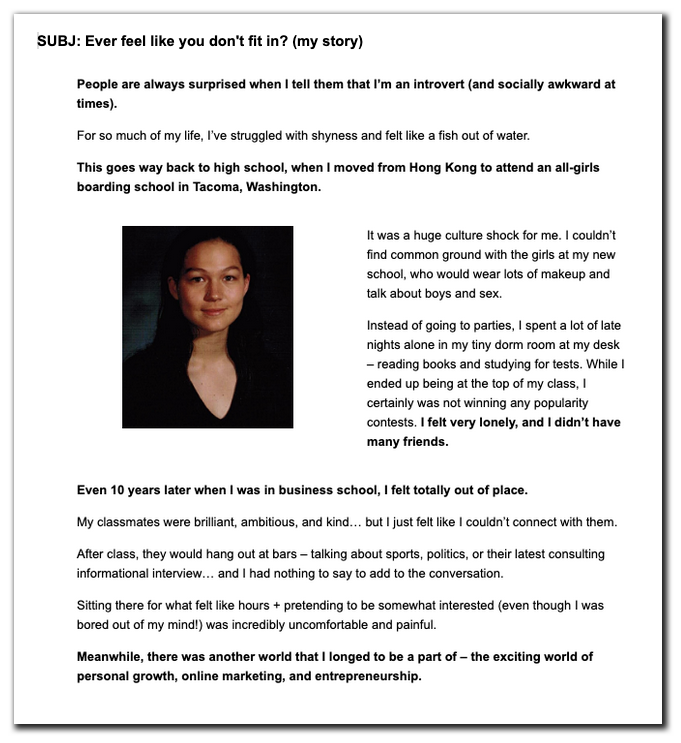
Read through the email, see if you can identify how she twists the knife, then compare it to my analysis below the email!
Here’s my analysis.
Step #1 – Common Problem:
You’re shy, socially awkward, and you don’t “fit in” with people around you.
Step #2 – Relatable Stories:
Selena makes the pain more real by sharing two real, personal story from her life.
First, she sets up a story from her high school:
“For so much of my life, I’ve struggled with shyness and felt like a fish out of water. This goes way back to high school, when I moved from Hong Kong to attend an all-girls boarding school in Tacoma, Washington…”
Then, she continues with a story from business school:
“Even 10 years later when I was in business school, I felt totally out of place…”
(notice how sharing the details like the exact boarding school makes the story more real)
Sharing personal stories is a phenomenal way to make your readers feel the pain.
When your readers read about your pain, if they can relate to it, they’ll instantly feel it too.
Step #3 – Dirty Details:
The part that makes her story feel so real are the “dirty details” that most people don’t want to talk about.
Notice how she shares details like:
“I couldn’t find common ground with the girls at my new school, who would wear lots of makeup and talk about boys and sex.”
“Instead of going to parties, I spent a lot of late nights alone in my tiny dorm room at my desk – reading books and studying for tests.”
“While I ended up being at the top of my class, I certainly was not winning any popularity contests. I felt very lonely, and I didn’t have many friends.”
To write a great story that makes your readers connect with your pain, focus on the tiny, dirty details.
Think about the pain (for example: “I’m shy”), and then think about how it showed up in your life.
Write about specific situations where you felt the most pain (“instead of going to parties, I’d be alone at my desk…”).
As you do this, you’ll likely notice some pain or discomfort building up in you – that’s great!
If you’re starting to feel the pain as you’re writing, your readers will experience it too.
Step #4 – Thoughts and Emotions:
Selena talks about what she THOUGHT and what she FELT when those painful moments happened in her life:
“I felt very lonely, and I didn’t have many friends.”
“My classmates were brilliant, ambitious, and kind… but I just felt like I couldn’t connect with them.”
“Sitting there for what felt like hours + pretending to be somewhat interested (even though I was bored out of my mind!) was incredibly uncomfortable and painful.”
This way, her readers can see how her problems impacted her life.
Step #5 – Negative Consequences:
In this example, Selena doesn’t really share any negative consequences.
To find out what these could be (and make her email stronger), she could talk about how not fitting in negatively impacted her life.
What did she want that she couldn’t have?
How did her business grow slower because of this?
How was her life worse?
By answering those questions, she could show her readers why they should solve this problem, and improve her lives beyond just “not feeling lonely”.
To summarize, here’s the breakdown of Selena’s copy:
- Step #1 – Common Problem: I don’t fit in with people around me
- Step #2 – Relatable Stories: Feeling out of place in high school and business school
- Step #3 – Dirty Details: Couldn’t find common ground with girls who talked about make up and sex, spending nights alone in her dorm room instead of partying, not having many friends.
- Step #4 – Thoughts and Emotions: Lonely, disconnected, uncomfortable and painful
- Step #5 – Negative Consequences: (not in her copy, but she could add these)
Example #2: How would you learn 46 bass lines in 3 days?
Next, let’s look at an email from one of my clients, Luke McIntosh from Become a Bassist, that he used as part of a recent successful launch.
Study the email. See if you can break down how he twisted the knife. Then, compare your notes with my analysis below the email.
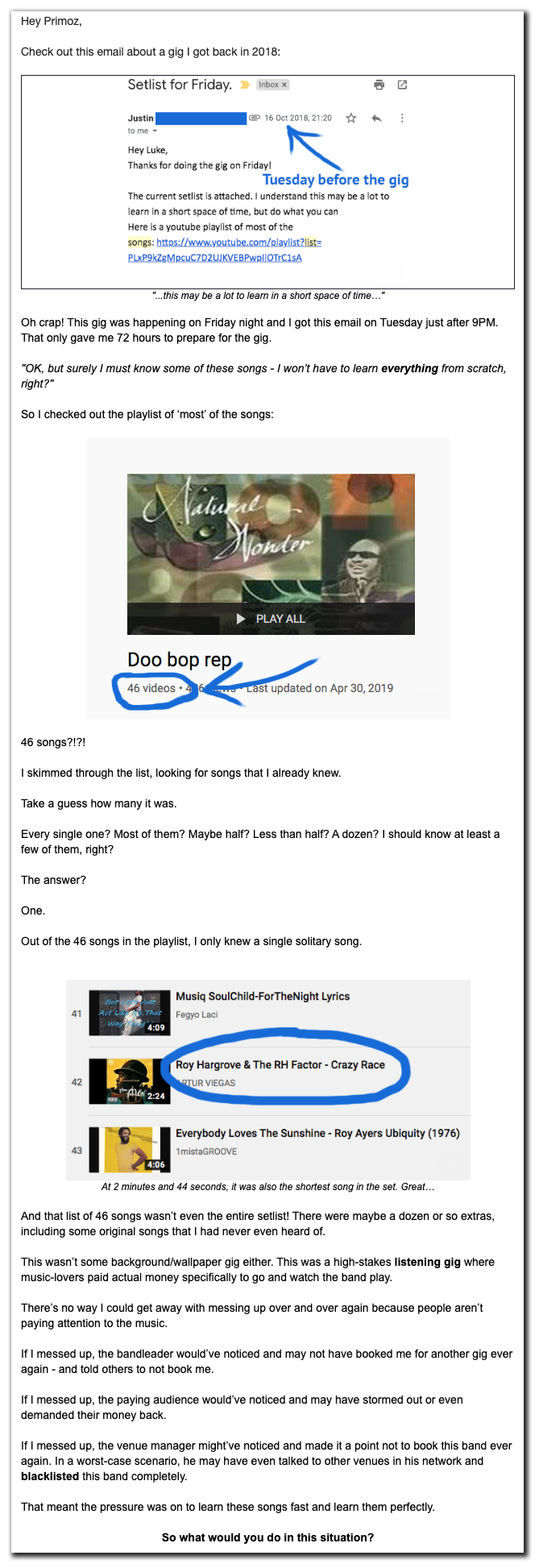
Here’s my analysis:
- Step #1 – Common Problem: It takes a long time to learn a new bass line (a song performed on bass).
- Step #2 – Relatable Story: You have to learn 45 new songs in just a few days – what do you do?
- Step #3 – Dirty Details: The actual screenshots of emails and YouTube playlists, when he received the email, “I only knew ONE song”,…
- Step #4 – Thoughts and Emotions: “OK – but surely I don’t have to learn everything from scratch… I must know some of these songs, right?”…
- Step #5 – Negative Consequences: If I messed up, (1) I wouldn’t get another gig ever again, (2) the audience would demand their money back, (3) the band would be blacklisted from playing.
I love this email that we worked on together with Luke. It’s just such a great example of twisting the knife to begin your sales funnel.
Notice how the final section with negative consequences instantly makes this email more powerful. All of a sudden, it’s not just about learning the songs fast…
It’s about not getting hired for another gig ever again (a much bigger pain).
Example #3: The frustrated personal trainer
Now that you’ve seen twisting the knife in action, I want you to take a stab at it – so you can see how you do.
Imagine you’re a personal trainer that has a solution for reducing client cancellations.
The common problem:
The clients schedule an appointment with you. Then they don’t show up, without letting you know about it.
The solution is irrelevant here, we’ll just focus on the pain.
So how would you twist the knife in this situation?
Can you think of…
- A relatable story
- The dirty details
- The thoughts and emotions that would go through your body
- The negative consequences
Take 10 minutes and write out the story.
Then compare it with mine below.
“Back in 2013, when I was working at a Gold’s Gym in Los Angeles, I genuinely hated my life as a personal trainer. (setting up the personal story)
I’d wake up red-eyed every morning at 4am, and I’d be in the gym by 5.
I had about 14 clients booked every day, and I was excited to make a living doing what I genuinely loved.
…Except when the clients didn’t actually show up for their sessions.
Way too often, a client would ghost me, or send me a text 5 minutes before our session (“sorry, can’t make it today!”).
Here I was, at 5 am, in an empty gym, and instead of training my clients, I was watching cat videos on YouTube. (dirty details).
Why the hell was I waking up so early if my clients didn’t even care to show up?
Why was I working 16-hour shifts when more than a third of my clients cancelled every single day?
I thought I’d be earning $700 a day, so I could save up for my own gym at a time… (thoughts)
…and here I was, barely making the ends meet, even though I was bending myself backwards over my clients. (negative consequences)
What’s worse, every time I got a cancellation text from my clients, I felt like someone stabbed me in the chest.
It felt worse than not being invited to a party that everyone was invited to.
Every time I got ghosted, I felt the same kind of rejection as when my Tinder date didn’t show up. (emotions)
And worst of all, I felt like all of this was my fault. Maybe I wasn’t good enough at training them. Maybe they weren’t happy with my last session. Maybe I’d never succeed as a personal trainer and live out my dream of running my own gym after all… (thoughts)“
Here’s a quick breakdown of what I did in my story above:
- Step #1 – Common Problem: Client no-shows
- Step #2 – Relatable Story: I worked 16-hour workdays in a gym in Los Angeles, and every day a third of my clients didn’t show up for their appointments
- Step #3 – Dirty Details: Waking up at 4am, coming up to an empty gym at 5, and watching cat videos
- Step #4 – Thoughts and Emotions: Thought you would be making $700/day, saving for your own gym… Then feeling rejected, broke, as you would never be able to have your own gym.
- Step #5 – Negative Consequences: Barely making ends meet, despite working 16-hour workdays.
[no_toc]
Copy Drill: Twisting The Knife
To get better at twisting the knife in your copy, you can repeat the copywriting drill you just went through with either fictional examples or examples of your own clients and readers. Both are great practice.
Simply take a common problem of your audience, write a story about it, share the dirty details, your thoughts, and emotions as you went through it, and the negative consequences.
Here are some ideas for fictional examples:
- You’re at a first date with a man/woman you’ve had a crush on for years. Yet, you completely freeze up, and you end up parting ways as friends.
- You had the last round of interviews for your dream job. You get a phone call with bad news – you didn’t get the position, so the next time you can apply is next year.
- You studied for weeks for your Organic Chemistry test, but when you get the test in your hands, you have no idea what to do. Your mind goes blank.
You can also take a few examples of common problems of your own audience that you’ve dug up in your research, and write painful, emotional stories around them that hook your readers in.
You can use these stories to start your blog posts, sales pages, sales emails, and more – and instantly capture the attention of your readers.
7 Days. 7 Copy Skills. 7 Copy Drills.
Twisting the Knife is just one of the 7 key copy skills you need to write copy that sells better than hot lemonade on a hot summer day.
If you want to know…
- How to instantly capture the attention of your readers (so they read your emails until the end instead of closing them)
- How to keep your readers on their toes throughout your launches (and receive hundreds of responses to your engagement emails)
- How to get your readers to say “shut up and take my money!” (and unlock the doors to 5-figure and 6-figure launches)
Then you’ll love The Copywriting Hell Week – the challenge I designed to help you with your journey of writing copy that converts.
Simply leave your name and email in the box below, and you’ll get it delivered straight to your inbox!
-Primoz
